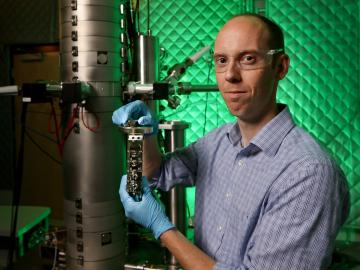
Filter News
Area of Research
- Advanced Manufacturing (10)
- Biological Systems (3)
- Biology and Environment (11)
- Building Technologies (1)
- Clean Energy (101)
- Climate and Environmental Systems (3)
- Computational Engineering (1)
- Computer Science (8)
- Data (1)
- Fossil Energy (1)
- Fusion Energy (6)
- Isotope Development and Production (1)
- Materials (76)
- National Security (5)
- Neutron Science (40)
- Nuclear Science and Technology (17)
- Quantum information Science (3)
- Sensors and Controls (1)
- Supercomputing (48)
- Transportation Systems (2)
News Type
Date
News Topics
- 3-D Printing/Advanced Manufacturing (16)
- Advanced Reactors (7)
- Artificial Intelligence (13)
- Big Data (9)
- Bioenergy (11)
- Biology (1)
- Biomedical (5)
- Biotechnology (1)
- Clean Water (5)
- Composites (3)
- Computer Science (41)
- Cybersecurity (7)
- Energy Storage (9)
- Environment (23)
- Exascale Computing (3)
- Frontier (2)
- Fusion (6)
- Grid (5)
- Isotopes (1)
- Machine Learning (5)
- Materials Science (22)
- Mercury (2)
- Microscopy (6)
- Molten Salt (1)
- Nanotechnology (6)
- Neutron Science (20)
- Nuclear Energy (17)
- Physics (8)
- Polymers (2)
- Quantum Science (10)
- Security (2)
- Space Exploration (4)
- Summit (9)
- Sustainable Energy (8)
- Transportation (14)
Media Contacts
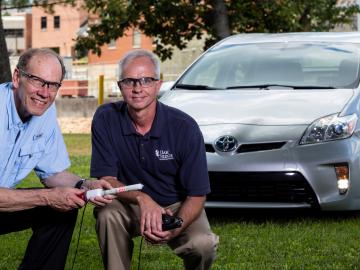
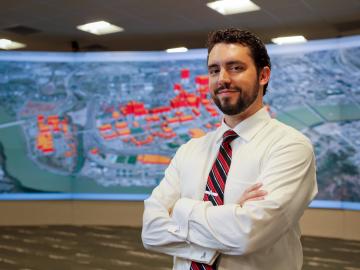
Joshua New has an ambitious goal to increase the nation’s efficient use of energy: he wants to create a model of every building in America. All 130 million of them. For now, Joshua and his colleagues in the Building Envelope and Urban Systems group are creating virtual models of the buildings in ...
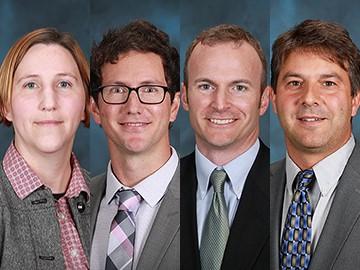
Four Oak Ridge National Laboratory researchers specializing in nuclear physics, fusion energy, advanced materials and environmental science are among 59 recipients of Department of Energy’s Office of Science Early Career Research Program awards. The Early Career ...

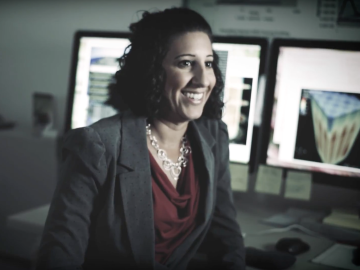
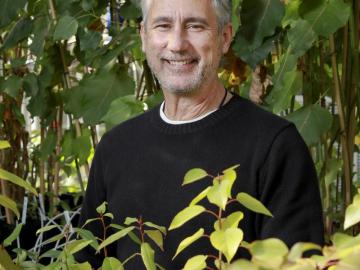
It’s been 10 years since the US Department of Energy first established a BioEnergy Science Center (BESC) at Oak Ridge National Laboratory (ORNL), and researcher Gerald “Jerry” Tuskan has used that time and the lab’s and center’s resources and tools

After more than a year of operation at the Department of Energy’s (DOE’s) Oak Ridge National Laboratory (ORNL), the COHERENT experiment, using the world’s smallest neutrino detector, has found a big fingerprint of the elusive, electrically neutral particles that interact only weakly with matter.

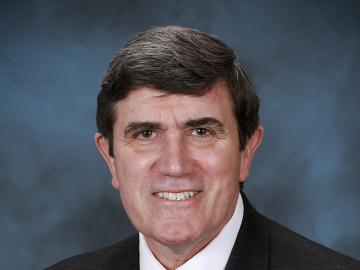
Brian Davison, a researcher at the Department of Energy's Oak Ridge National Laboratory, has been awarded a 2017 fellowship by the Society for Industrial Microbiology and Biotechnology (SIMB).
